
China’s non-manufacturing purchasing managers’ index (PMI) maintains at above 54 percent for 10 consecutive months and the good economic momentum keeps going on.
Resulting from weather factor, China’s manufacturing PMI and non-manufacturing PMI both declined slightly in July, but still kept at over 51 percent and 54 percent for 10 consecutive months respectively, which indicated that China’s economy remained stable and on a positive track.
Economic growth becomes more stable
China’s manufacturing PMI came in at 51 percent in July, down by 0.3 percentage points from the previous month, according to statistics from China Federation of Logistics & Purchasing and National Bureau of Statistics yesterday.
Ongoing hot weather across China, rainstorms and floods in certain regions, and the fact that some companies conduct routine equipment checks and repairs during summer jointly contributed to slowdown in manufacturing activities, said NBS senior statistician Zhao Qinghe.
Despite dropping a little, the manufacturing PMI has hovered above 51 percent for 10 months in a row, which is a relatively high level in recent years.
“PMI continues to stay within an expansion range in July, implying that China’s economy keeps the stable growth momentum.” In the opinion of Zhang Liqun, an economist in the Development Research Center of the State Council, China’s economy is still at the bottom, but the economic growth is likely to be more stable.
Zhang Jun, Chinese economist from Morgan Stanley Huaxin Securities Co., Ltd., told the reporter of Shanghai Securities News (SSN) in an interview that it was the 3rd month for slight increase in sub-index for production activity expectation and predicted that industrial production would keep the trend with stable growth.
Similar to the manufacturing PMI, the non-manufacturing PMI decreased by 0.4 percentage points to 54.5 percent in July. But the July reading basically kept flat with that in the first half of this year and stood at above 54 percent for 10 consecutive months. Non-manufacturing continued to register the stable performance with good development momentum.
Wu Wei from China Logistics Information Center remarked that 54 percent in 2017 was 1 percentage point higher than 53 percent since 2015, reflecting that non-manufacturing industry has been greatly improved when compared with the development two years ago and potential of economic development has been enhanced.
With macro-economic data getting better recently, many institutions including Founder Securities Co., Ltd. and Shenwan Hongyuan Securities Co., Ltd. indicated that economic growth is likely to beat expectation in the third quarter. Shenwan Hongyuan Securities raised the outlook for GDP growth in the third quarter by 0.1 percentage point to 6.9 percent yesterday.
Switch between new and old economic growth drivers accelerates
Noticeably, the change in industrial data under manufacturing PMI and non-manufacturing PMI indicated that the structural upgrade of the manufacturing sector continued, and switch between new and old economic growth drivers moved faster.
Statistics showed that although PMI index for high-tech and equipment manufacturing declined but still led the activity expansion in July, with their sub-indices standing over 1 percentage point higher than the overall sector’s PMI. PMI index for traditional industry kept stable but still lower than the overall sectors’ PMI.
This indicated that switch between new and old economic growth drivers is accelerating, said Chen Zhongtao, an analyst with China Logistics Information Center.
This is also showed in non-manufacturing PMI. Emerging industry represented by Internet information technology service industry witnessed a sound development trend. PMI for this sector hit a high at over 62 percent in July.
Small- and medium-sized enterprises face larger pressure
Statistics also reflected a polarization between large-sized companies and small- and medium-sized companies. The PMI sub-index for the former keeps rising, while that for the latter declined.
According to statistics, the PMI sub-index for the large-sized companies rose by 0.2 percentage points to 52.9 percent in July, up for two consecutive months. That for medium-sized and small-sized companies dived by 0.9 percentage points and 1.2 percentage points to 49.6 percent and 48.9 percent respectively.
Zhang added that supply-side reform led to the fact that those benefiting from the rising prices of raw material were large-sized enterprises, while most small- and medium-sized enterprises faced pressure from the increasing cost. Hence, the polarization between them appeared.
Besides, attention should be paid to the rapid increase in market price. Purchase price and ex-factory price of enterprises hiked significantly in July. Sub-index for purchase price of enterprises edged up by 7.5 percentage points to 57.9 percent in the month, which was over 5 percentage points higher than that for ex-factory price.
“If this trend continues, cost of downstream industry will pick up and benefit will drop although benefit in upstream industry will improve, which won’t be favorable to coordinated development of enterprises and stable economic development,” said Chen.
By Vanessa Chen

















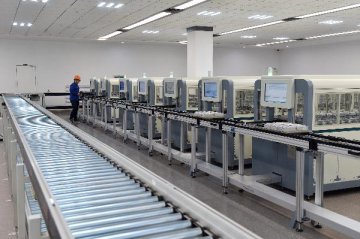
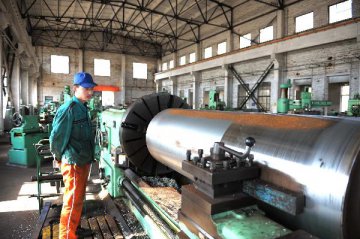
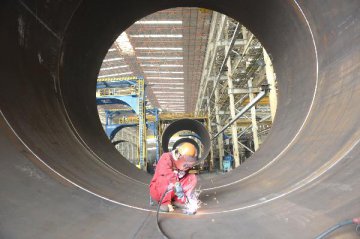
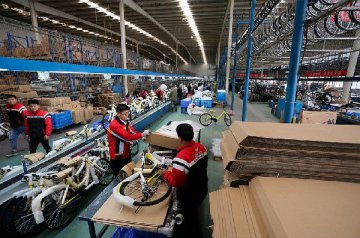
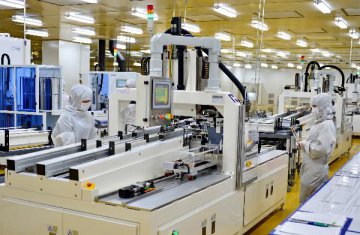


Latest comments